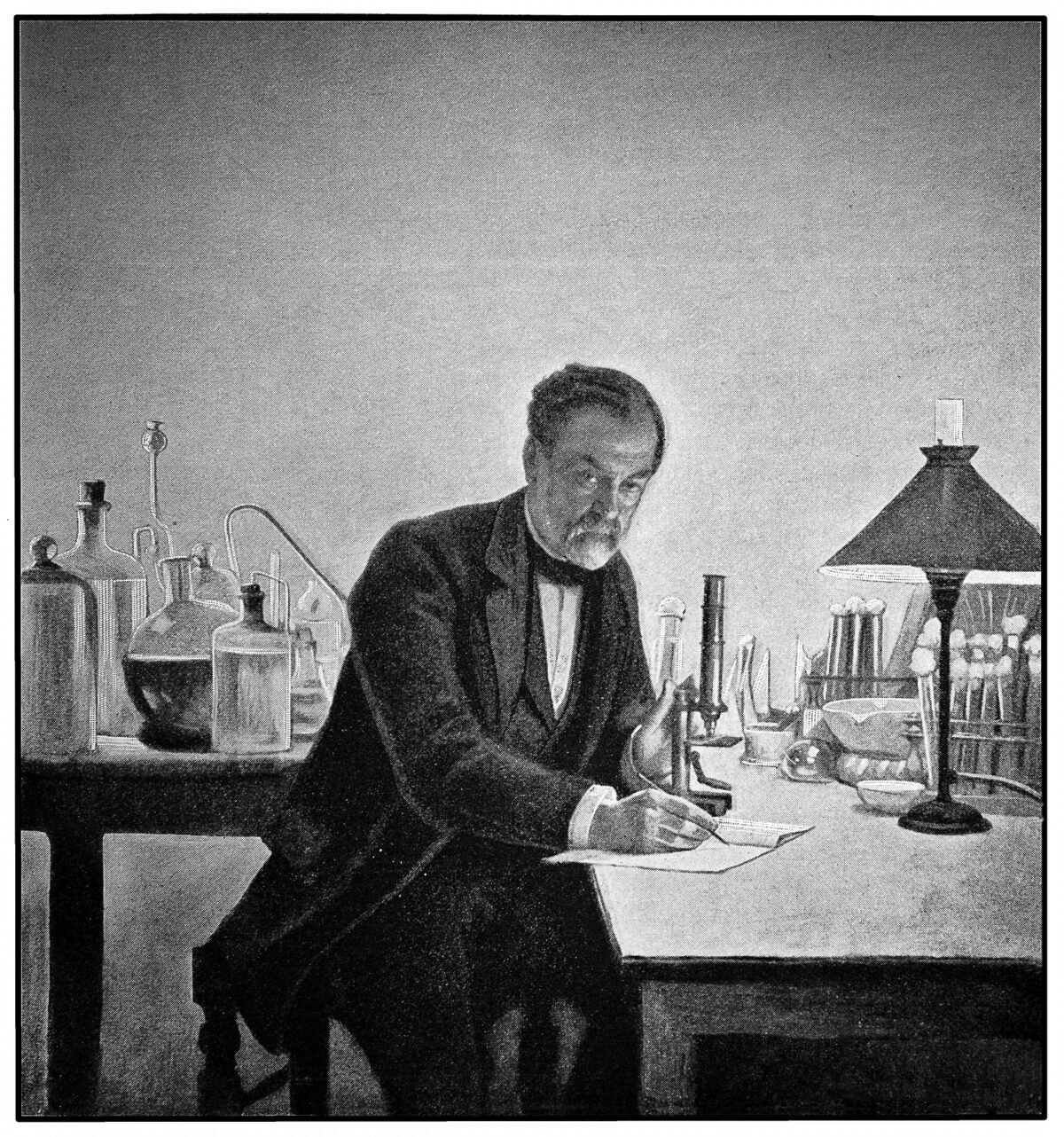A taste of Christmas past: festive British food traditions

Christmas cake, Christmas pudding and mince pies are a quintessential part of British Christmas. These time-honoured festive specialities with their warm, spicy fragrance and rich, fruity flavours epitomise Christmas. But why are these treats unique to the UK and why do we enjoy them only at Christmas?
The answer can be traced back to the great medieval Christmas feasts of England, which set the pattern for many future Christmases to come.
Our Christmas treats have a long, fascinating history that’s uniquely evocative of our culinary past. Christmas in medieval England was an important twelve-day festival, with the celebrations reaching their peak in a splendid finale to mark the end of the Christmas season on 6 January, or Twelfth Night – hence the ‘twelve days of Christmas’.
The Middle Ages
The grand Christmas feasts of the Middle Ages were spectacular events. Beautiful tapestries and silks covered the tables and entertainment was provided by minstrels, jugglers, acrobats and jesters. New and luxurious foodstuffs, such as dried fruits, spices, sugar, almonds and citrus fruits, discovered by the Crusaders, were imported from exotic lands at vast expense. Such foods became the fashionable status symbols of royalty and wealthy nobles and were used lavishly, as an ostentatious display of the host’s affluence.
Spices had a significant role in medieval cookery, not only for their flavour but because they were also regarded as medicinal and digestive. Food was highly spiced and also brightly coloured with dyes obtained from herbs, plants and spices. Gold and silver leaf was also used to ‘gild’ foods at important feasts.
The common people were allowed to crowd into the hall or the gallery to watch the proceedings from a deferential distance and the leftovers from each course were collected and distributed amongst them. They must have been awestruck at the mysterious delicacies and sumptuous foods, especially as their usual diet consisted of vegetables, cereal pottage and the occasional piece of meat.

The celebratory feasts always included ‘Gret Pyes’, often crenellated and turreted, with their pastry decorations painted with colourful edible dyes. Fillings consisted of fish, meat or poultry, spices, dried fruits and sugar. It seems odd to modern tastes that sugar was used in almost every dish, with no distinction made between sweet and savoury foods and that, for example, fish pies were often sprinkled with sugar. In fact sugar was regarded as a spice and along with other spices was kept under lock and key.
By the Elizabethan era (1558-1603), the Christmas pie had become an essential part of the Christmas fare along with smaller pies. The latter were called ‘shred’ or ‘mince’ pies and contained a mixture of minced or shredded meat, dried fruits, sugar and spices, known as ‘mincemeat’. By the 17th century the recipe had also acquired alcohol, usually brandy or sack (sherry). Gradually the meat was omitted and today the only remnant of meat in the recipe is the suet – although nowadays there are vegetarian mincemeats containing vegetable suet or no suet at all.
Although Oliver Cromwell (Lord Protector of England from 1653 -1658) banned mince pies on the grounds that they were idolatrous, the Christmas treats made a welcome return after the Restoration of Charles II in 1660.
The Victorian Era
However, it’s the Victorians we can thank for our other cherished Christmas traditions. The Christmas celebrations of Queen Victoria and the royal family were eagerly followed and emulated by the public. Christmas puddings and iced Christmas cakes, along with Christmas cards and candle-lit trees were all Victorian creations.
The origins of Christmas pudding lie in the 15th century, when a thick broth of beef, wine, onions, currants, herbs and spices was thickened with breadcrumbs. Dried plums (prunes) were a later Tudor addition and were so popular that ‘plums’ became a generic term for all dried fruits. By the 17th century, this mixture had become a special Christmas dish called Christmas or plum porridge, often with the addition of alcohol. By the 18th century, the more solid plum pudding that we enjoy today had replaced the porridge.
Legend has it that a plum pudding was served to George I on his first Christmas in England in 1714 and thus greatly increased its popularity, with everyone who could afford it enjoying a plum pudding after their Christmas dinner.

Most plum puddings at this time were rather plain and lightly fruited owing to the expense of the ingredients, but as time passed and overseas trade brought cheaper supplies of dried fruits, the puddings became richer.
However, it wasn’t until 1845 that Eliza Acton included a recipe with the title ‘Christmas Pudding’ in her book ‘Modern Cookery for Private Families’. In 1861 Mrs. Beeton’s ‘Dictionary of Everyday Cookery’ included two recipes for Christmas Plum Pudding – a plain one for children and a richer version for adults.,
An Illustrated London News article from 1850 describes the pudding’s importance: …”The Plum pudding is a national symbol…. There is not a man, woman or child raised that does not expect a taste of plum pudding of some sort or another on Christmas Day.“
Traditionally the pudding is made several weeks before Christmas, with family members taking a turn at stirring the mixture from east to west – in honour of the Three Wise Men, who travelled in that direction. Coins are usually placed in the pudding before cooking, a custom descended from the charms concealed inside the now defunct Twelfth Night Cake.
One of the earliest English fruitcakes, Twelfth Night Cake, was originally a brioche-type fruited bread in Tudor times, but by the early 18th century it had become a lavishly spiced rich fruitcake. The beautifully decorated cake was the focal point of the evening’s celebrations to mark the end of the Christmas season and contained a dried pea or bean. The man who found the bean became king for the evening and the woman who found the pea was queen. In later years, symbolic charms were also hidden in the cake.
As time passed Twelfth Night became increasingly riotous with masked balls, plays, dancing, gambling and other revelries. Queen Victoria outlawed the celebration of Twelfth Night around 1860 as she disapproved of the raucous parties and rowdy behaviour.
After the partying ceased, the Twelfth Night cake was replaced by the Christmas cake (minus the bean or pea) by bakers and confectioners, who were concerned about losing sales of the cakes. They began to decorate the cakes with snowy scenes and the charms from the cake were replaced by a silver sixpence and transferred to the Christmas pudding.








